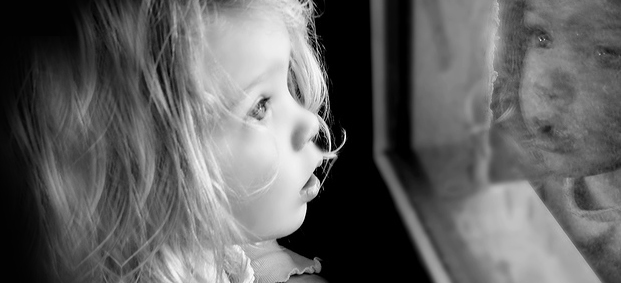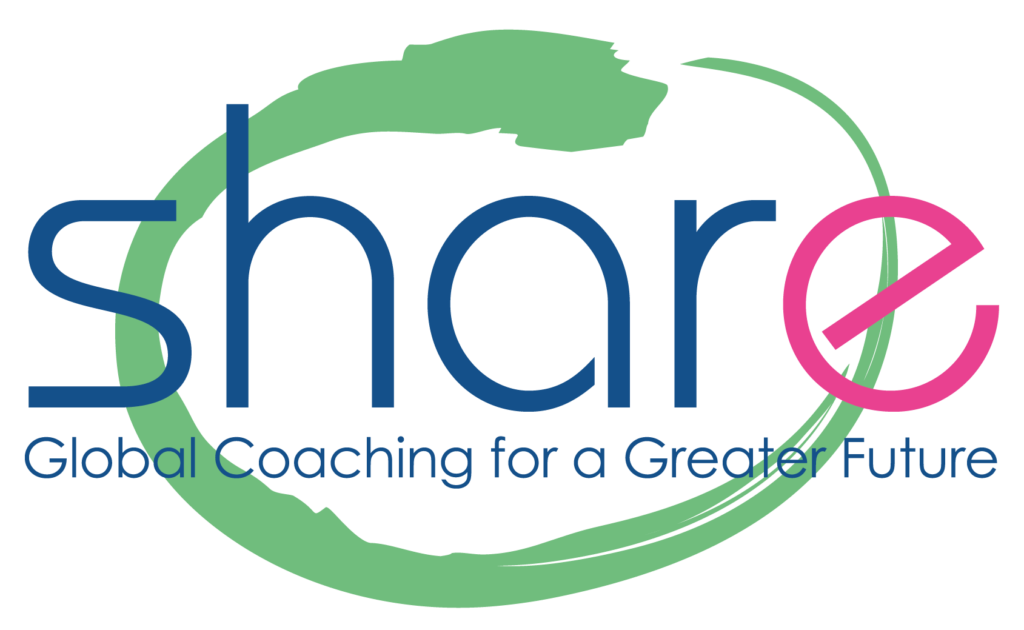“Knowing is nothing, knowing how to live is everything.”
“It takes two years to learn how to speak and an entire life to learn to remain silent”
Confucius
Have you ever observed people at a subway station or when they stand in line? Most of them are using their cell phones.
What is our first reaction when something upsetting happens, at work for instance? Some of us seek refuge in e-mails, others in a project, while others go to a colleagueÕs office to let off steam.
Such typical reactions are a way of finding refuge in DOING something, in the hope of gaining freedom from impatience or boredom, or from tension.
It is true that such tactics can be effective, but they have a fundamental drawback: they fail to teach us to take better advantage of our inner potential, of the powerful qualities hidden within us…
If we remained exclusively in the realm of DOING, we would be, as Paul Valéry said, living machines, with a feeling of emptiness that we would try to fill with the desire to do something, or to own more and more, to acquire more power, more of anything but us.
TO BE with ourselves
TO BE means having a better knowledge of ourselves. This leads us to explore what goes on within us at certain moments or in particular situations, our feelings towards a situation and/or a person, the kinds of behavior triggered by these feelings, and to what extent we are accountable for them.
Looking into our BEING entails “DOING NOTHING”, so as to open the door to exploring our inner make-up, to finding out who we really are (strengths and weaknesses), our wounds, our fears but also our resilience and our emotional setup.
BEING and DOING are two components of our inner selves that we should equally develop in order to live better with ourselves and with others.
What’s the point?
Acceptance.
The first objective is to welcome and accept ourselves.
Even though this may seem self-evident, we actually spend our time trying to escape from ourselves.
For example, when we get angry at a co-worker, our reaction is often to hold him accountable for our negative emotional state. Yet, if we look attentively within ourselves, we can see that the other person is nothing but the mirror of ourselves. Perhaps he awakens feelings that disturb us, by forcing us to face our limits or our failure to manage certain situations.
Welcoming ourselves means to open ourselves to an attentive reflection on what goes on within us at certain moments of our life, thus placing ourselves right in the middle of things. The ensuing question is obvious: what if I were responsible for what happens to me?
Linking minor to major changes
BEING enables us to relate factors that concern us (events we have lived through, emotions we have felt, reactions). This step will make us understand what happens to us, in situations where minor changes, when put together, entail in fact major transformations.
Destiny
Sometimes we think that events “hit us over the head”. We say then that “it’s just luck”, “it’s destiny”, “I don’t understand”.
But if we really look into ourselves and our life history, we find that we have often been the prime movers behind our good or bad luck.
The danger of looking for a scapegoat
Evidently we could again say that “it’s somebody else’s fault”, but this attitude would serve no purpose.
On the contrary it will turn into a serious obstacle to our journey toward self-knowledge. In fact, how could our experience become the primary source of a learning process enabling us to act differently afterwards? And how could we build the essential capital of confidence?
Life Anchor
Moreover, BEING with ourselves enables us to live the present within ourselves, to discover the essence behind our being, to become our life’s anchor. It is in difficult times that we find out whether we “live with ourselves” and are in charge. Once our life anchor is secured, we will manage both to be flexible, to adapt to a situation or a person and at the same time to develop and maintain a certain degree of inner peace.
Profound confidence
Last but not least, living within ourselves also means gaining a profound confidence in ourselves, which is by no means the hedonistic and conspicuous confidence exhibited by some people. It is rather the awareness of having solid roots that enables us to face life’s hazards.
The journey
What should we do to learn to live within ourselves?
- To begin with, we must want to do it.
- The second ingredient is introspection, i.e. the capacity to look at our soul with honesty.
- The last one is practicing this exercise every day.
How?
- Through meditation, or
- by keeping a diary, or
- by finding spiritual renewal through nature, or
- by stepping back when emotionally charged situations come up
- by realizing that such situations exist and
- by learning how to cope with them.
Every day we live through a certain number of experiences; we can choose either to “let go” or allow these experiences to become the classroom where we can learn a few more things about ourselves.
It’s up to you to choose!



